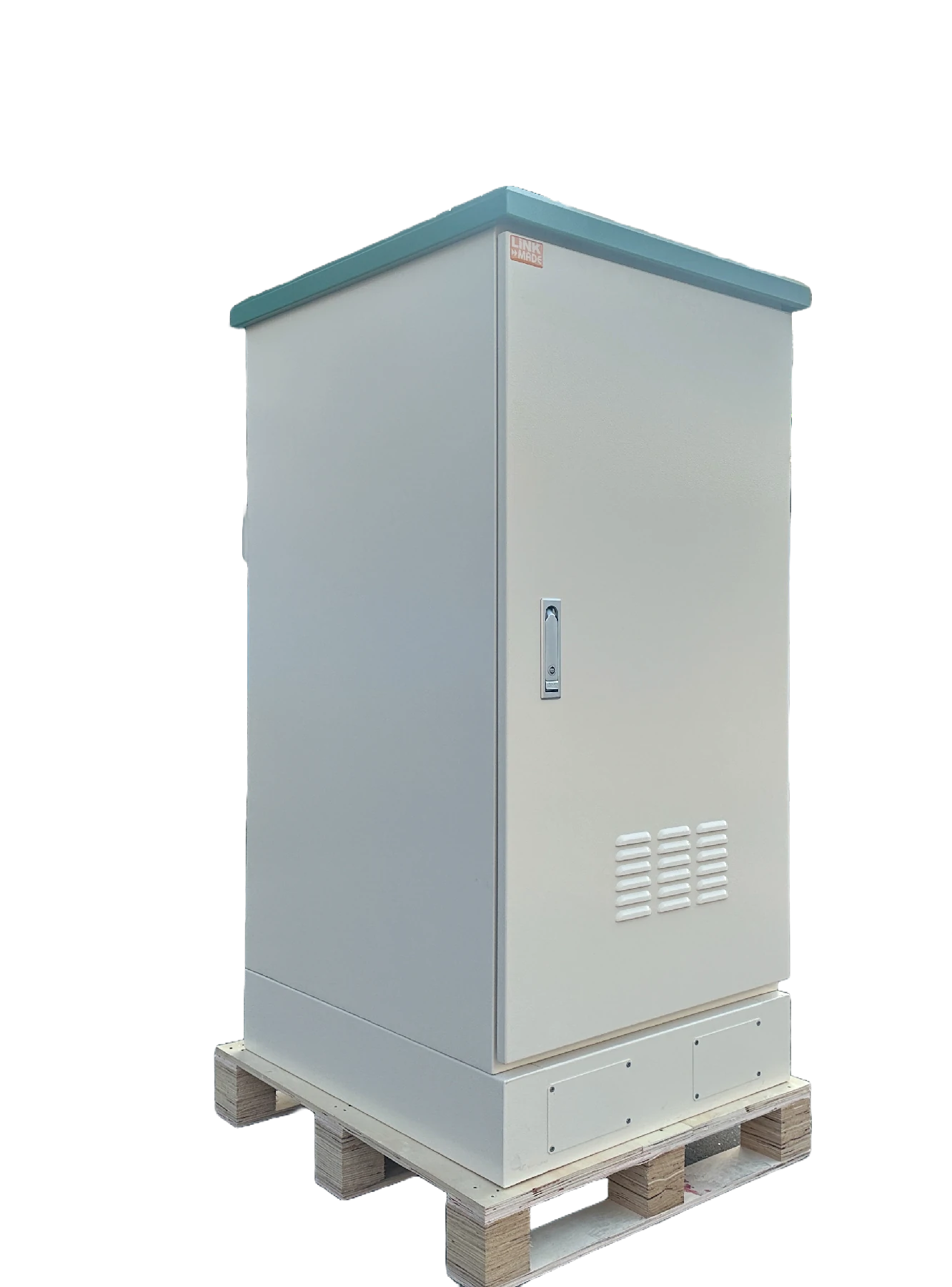Energy Cabinets: A Smart Solution for Modern Homes
In an age where rooftop solar, power outages, and sky-rocketing electricity bills are the norm for so many, the concept of an energy cabinet—or energy storage cabinet—is gaining traction. But what exactly is an energy cabinet, and how can it reimagine home energy systems? Let’s dive in.
What Is an Energy Cabinet?
An energy storage cabinet (or energy cabinet) is a compact, modular cabinet that stores batteries, power electronics, and thermal / safety systems, typically for home applications. It is a “mini power station” of cabinet size. It enables homeowners to:
- Store excess solar energy for nighttime use
- Provide backup during outages
- Shift consumption to off-peak tariff times
Because it integrates electricity storage and smart controls in one package, it is simpler to install than building individual battery rooms or large systems.
Why Energy Cabinets Are Becoming Popular
The residential storage market is booming. The Residential Energy Storage Battery Cabinets Market, as per Verified Market Research, was valued at USD 7.90 billion in 2024 and is anticipated to reach USD 23.93 billion by 2032, growing at a CAGR of 14.5% during the forecast period.
Another trend: global demand for battery storage cabinets is growing. A DataIntelo report estimates the global market to be around USD 3.2 billion in 2023 and expect it to grow to USD 6.5 billion by 2032.
These figures confirm increasing local interest in autonomy, robustness, and greener energy.
Key Elements of a Home Energy Cabinet
For good performance, an energy cabinet generally has the following elements:
1.Battery modules – generally lithium-ion (e.g. LFP)
2.Battery Management System (BMS) – monitors health, voltage, safety
3.Inverter / Power Conversion System – AC from DC
4.Energy Management System (EMS) – smart scheduling and optimization
5.Thermal control & ventilation – keeps safe operating temperatures
6.Safety & protection systems – fire suppression, surge protection, fusing
As all of these come wrapped together, the energy cabinet is a plug-and-play module for residences.
Benefit of Energy Cabinets for Residences
- Backup during outages
- Peak shaving (reduce cut grid demand when it is the most costly)
- Optimized integration of renewables (store daytime sun for use in the evenings)
- Modular scalability – families can grow incrementally by adding cabinets
- Less dangerous and smaller than open battery rooms
The majority of homes no longer worry about a grid outage for several hours—power keeps flowing from the cabinet.
Use Cases
- In Europe (Germany, Italy), more than 70% of new residential solar systems include battery storage to divert usage to evenings, a report on residential energy storage adoption shows.
- In the U.S., residential energy storage installations increased significantly in recent years. A report by an American source quoted residential storage scales increasing from 29 MWh in 2017 to 540 MWh in 2020.
Imagine a Queensland house in Australia: during the day solar recharges appliances, excess recharges the cabinet, and in the evening the house taps from it—reducing grid usage and electricity bills.
Home Energy Cabinet Design Considerations
When selecting or designing an energy cabinet, consider:
- Capacity sizing:match with daily load and outage projections
- Battery chemistry:LFP offers safety and long cycle life
- Cooling and thermal design:for tropical environments, active cooling is crucial
- Safety standards/certifications:compliance
- Expandability & modularity: future ability to add additional cabinets
Common Questions Embedded Naturally
Some ask whether an energy cabinet can completely substitute for grid supply. The answer: frequently yes, for many individuals—especially for load-leveling critical loads. But for high-power appliances (HVAC, EV charging), a hybrid with grid or genset is typically the better solution.
Another consideration: is it more advantageous to install now versus waiting for additional battery price decrease? Since battery storage cabinet prices already diminish considerably (as observed in market projections), investing today might be able to reap rewards sooner.
Finally, there is always a concern about lifespan. With proper weatherproofing, quality parts, and care, an energy cabinet can have a 10-15 year lifespan or even longer—hence a sound home investment.

